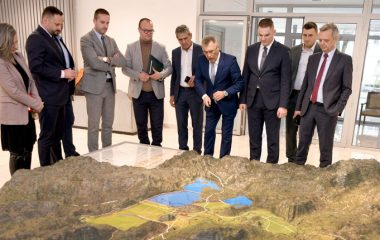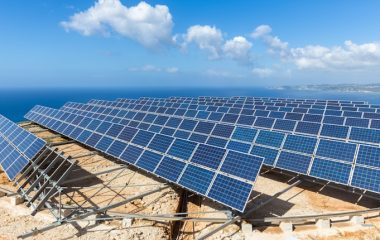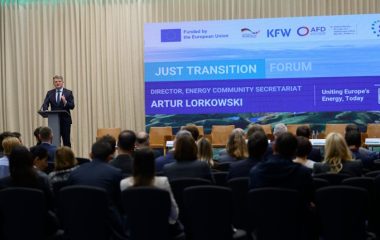
Government of North Macedonia
A plant worth EUR 327 million in Negotino will handle municipal waste from most of North Macedonia and without air pollution, according to Prime Minister Zoran Zaev. The plasma gasification project is getting a strategic investment status.
After the legal and formal requirements are fulfilled, the Government of North Macedonia will endorse the construction of a proposed system for the treatment of municipal waste without emissions of harmful gases, Prime Minister Zoran Zaev told the press. The plasma gasification plant will be built in Negotino, in the central part of the country, after a EUR 10 million bank guarantee is paid and the parliament votes on the matter, he revealed.
Zaev reiterated the project, with funds from Luxembourg, would have a strategic investment status. In his words, it will be worth EUR 327 million.
Plasma gasification plant to produce gas for production of electricity
The prime minister pointed out the plasma gasification technology that would be used results in no gas emissions. Natural gas will be extracted for the production of electricity, which will be offtaken for EUR 180 per MWh, making the project profitable and sustainable, he added.
Waste will be sorted beforehand to get plastics, iron, paper, glass and other materials for the company’s additional income, Zaev stressed. There are fifty or so projects of the kind in Germany, another 20 to 30 in Austria and several in Slovenia, in his words.
Private firm Zoka Trade (Zoka trejd) secured all the funding, which is coming from Luxembourg, the prime minister said and added that the system would include 22 transfer stations and substations and 100 trucks.
Leftover slag can be used in construction
In May, when he presented a seven-year investment plan for North Macedonia, Zaev claimed 6,000 more dumpsters would be set and that a local road to the Dubrovo village would be paved. He said at the event that the plant would cover 74% of the country’s territory or 48 municipalities.
In thermal plasma gasification, high voltage induces an arc between two electrodes to turn waste into synthetic gas, with molecules broken up into elements. The syngas mostly consists of hydrogen and carbon monoxide, which should be separated into components.
As there is no incineration in the process, oxygen isn’t burned and there is no smoke. All that is left is slag, which can be processed and used in construction.









Be the first one to comment on this article.